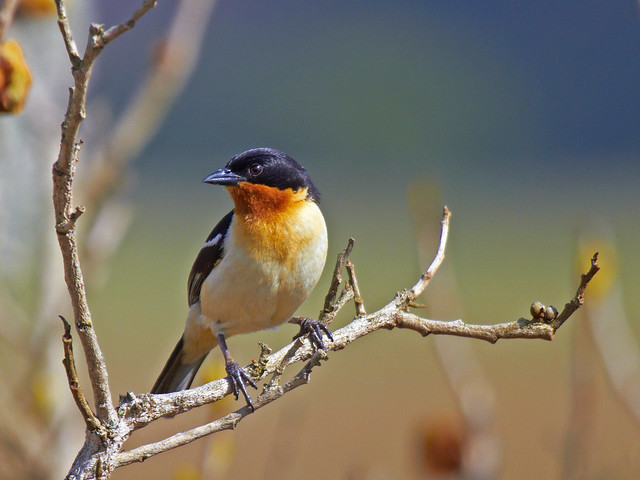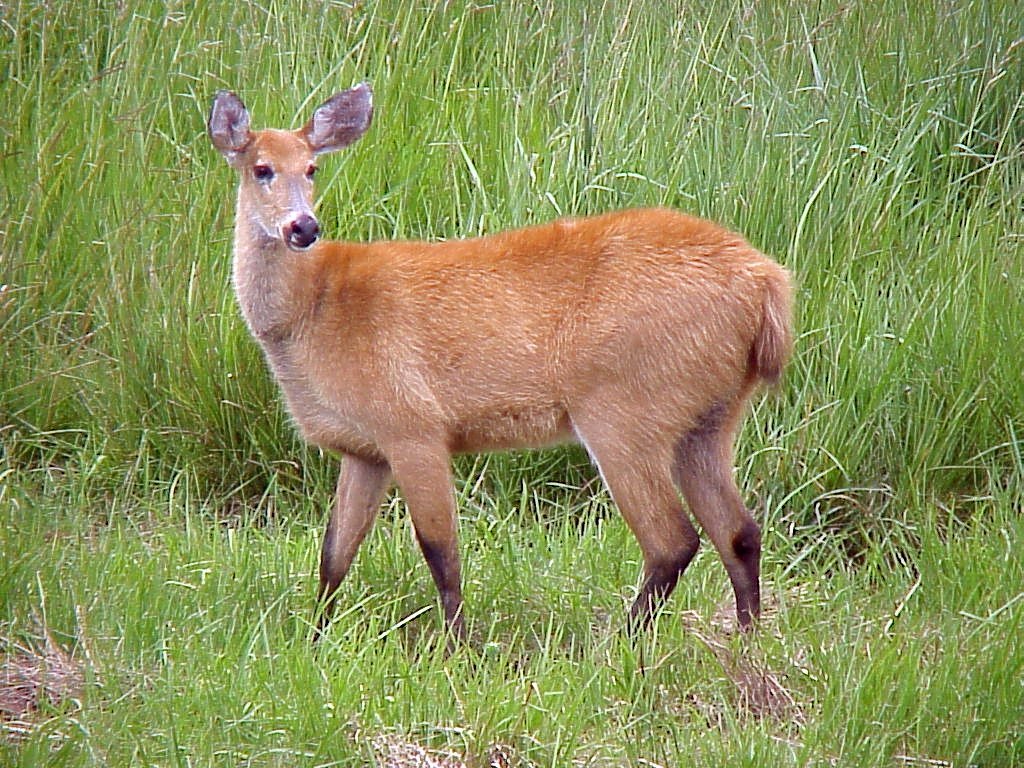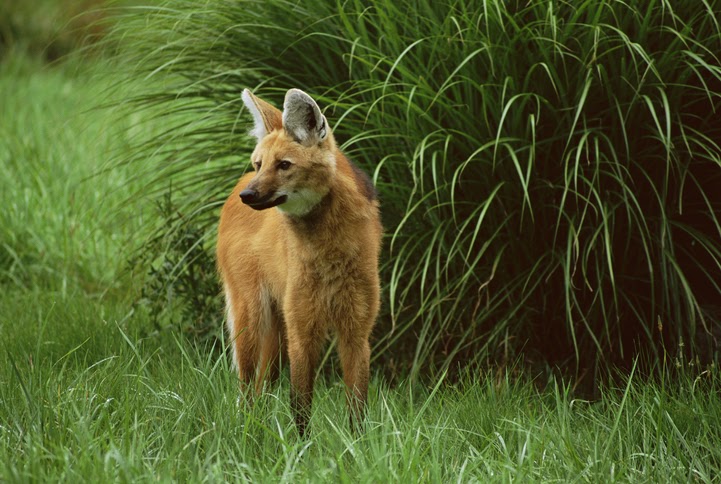Our triple impact approach commits us to the creation of environmental and social value as part of the business strategy. Since 2006, our forestry operations have been certified, in Paraguay, with the FSC® (Stewardship Council®) seal for responsible forest management.
Ln COZe
Carbon stock and plantations
has
Conservation area and reserve
+
0Children and adolescents who participated in our educational programs
Since 2010, Agrogf Maderas has fostered an active and close link with primary and secondary schools in the north de la provincia de Corrientes y el sur de la provincia de Misiones, a través del programa Educativo “El Bosque y la Selva” con escuelas primarias, y con escuelas secundarias (EFAS) “El Ciclo Forestal”, “Seguridad en el Trabajo Rural”, “Uso Responsable del Fuego e Incendios Forestales”
«Más bosques, más futuro» está dirigido al primero y segundo ciclo de las escuelas primarias del área de influencia de Pomera Maderas, en el sur de la provincia de Misiones, norte y centro de la provincia de Corrientes. Incluyendo centros educativos rurales y urbanos.
A partir de la selección de tres ejes temáticos (Ecorregiones, Bosques nativos y plantaciones, y Ciclo Forestal) la propuesta plantea un recorrido que va de lo general a lo particular. Esto permite al alumnado profundizar su identificación con su entorno natural, así como entender los actuales desafíos que se presentan en el lugar el que se desarrollan junto a sus familias y su comunidad. Al mismo tiempo,
podrán valorizar su rol como actores sociales clave para el desarrollo sostenible de ese entorno.
Con una propuesta de contenidos que integra el uso de plataformas digitales y experiencias lúdicas, el programa apunta a ser una herramienta flexible que pueda ser administrada por cada docente en función de las necesidades y posibilidades al momento de la implementación. Este programa puede ser aplicado en un 100% de manera virtual, en un 100% de manera presencial o con un mix de ambas modalidades.
Forest management conserves biological diversity, water, soil, landscape, fragile and unique ecosystems. Protection and conservation zones and areas are established, delimited and defined. Conservation areas allow us to protect rare, threatened and/or endangered species. They are representative of natural ecosystems and are interconnected with neighboring areas.
We implement good forestry practices during operations that promote the responsible use of natural resources and necessary inputs. We prevent and minimize disruptions through proper planning, within the framework of comprehensive management plans and operational procedures
+0
Children reached by our Environmental Education program
+0
Threatened wildlife sighted per year
+0
years
Managing biodiversity protection programs

It is a native fauna monitoring program that began in 2010 until today. The PMPF requires the involvement of local social actors, mainly forestry workers, since it is aimed at the occasional recording of fauna during field tasks, as well as requiring specialists in the subject for the analysis and systematization of the information collected. The PMPF allows to know the trends of the populations of species of special interest for conservation within the Pomera maderas farms, while sensitizing forestry operators to the importance of implementing good forestry practices and protection measures to favor the conservation of these species, and the ecosystems in which they live. Increase the commitment, through participation, of forestry personnel in the conservation of biodiversity.
It promotes the recovery of the natural environment inhabited by the pampas deer (Ozotoceros bezoarticus leucogaster), a species declared a natural monument by Decree No. 1555/1992 of 10 December 1992. Long-term monitoring and follow-up allows the deer population to be monitored, and behavior in forest environments to be studied. The training of the personnel in charge promotes awareness and favors the recovery of deer from the pampas in other sectors of the Iberá Reserve through translocation.


In Paraguay, the company has an area of great diversity of species and plants, the Tapytá Natural Reserve, which was donated to the Moisés Bertoni Foundation in 2003
Currently, the foundation manages and monitors the 4,736 hectares that comprise the reserve, in which it carries out various conservation and environmental protection activities.
Dentro de la Reserva Natural Tapytá se han identificado 6 comunidades naturales, entre las que se incluyen: bosques de altura y estructura variable, sabanas arboladas, humedales, cuevas, ríos y nacientes.
To date, 435 species of plants, 44 species of mammals, more than 375 species of birds (53% of Paraguay's bird richness), 14 species of reptiles and 16 species of amphibians have been recorded.